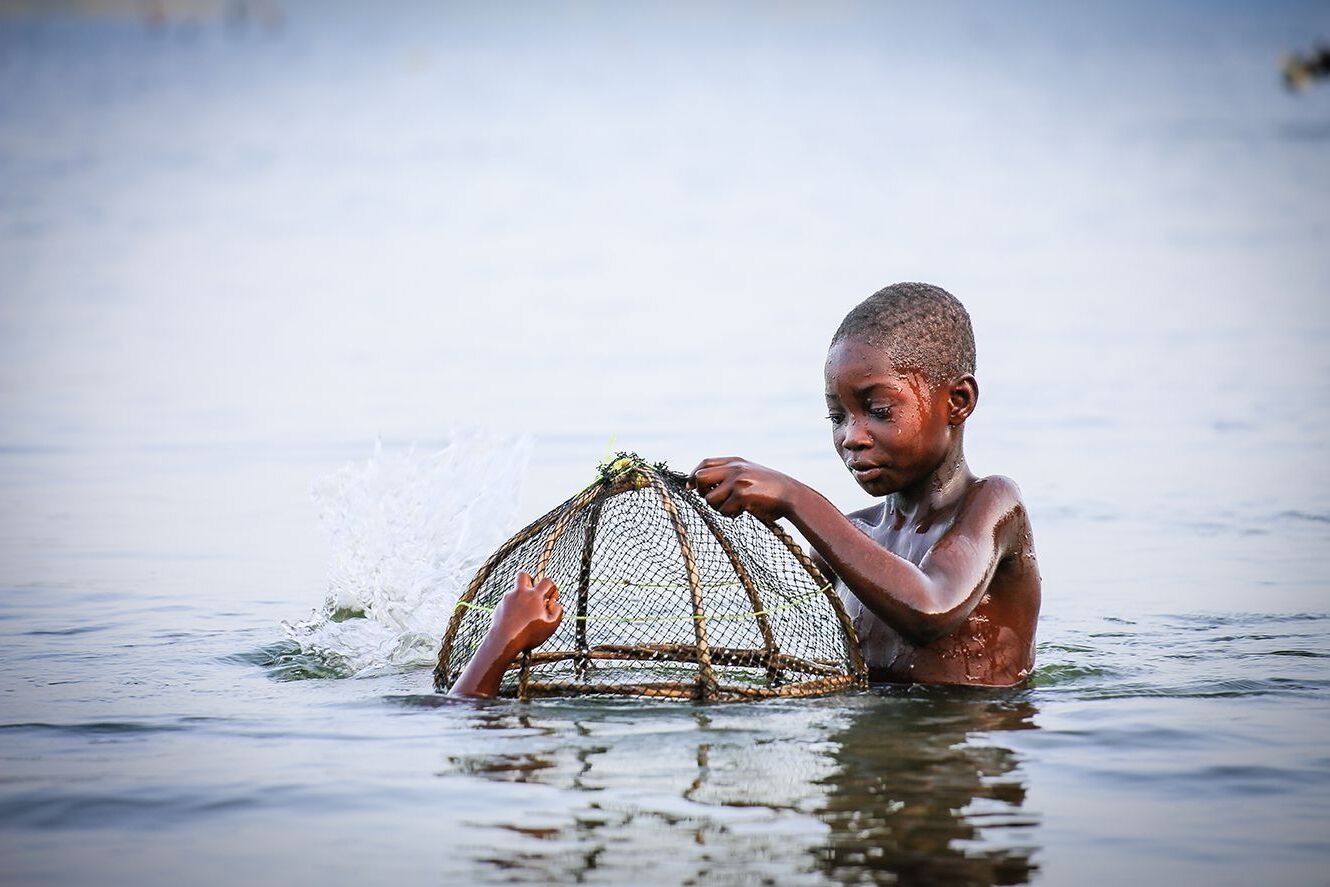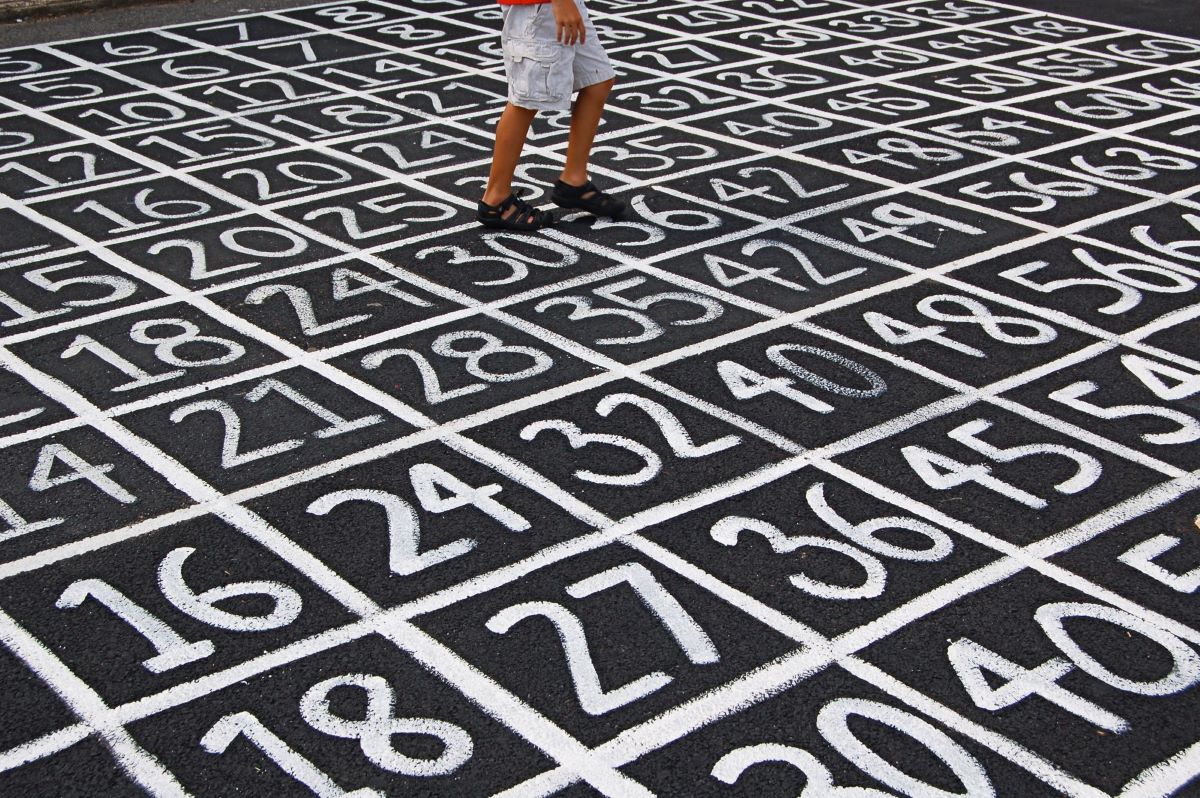
Child slavery is a grim reality that affects millions of children worldwide. Why does child slavery still exist? The answer lies in a mix of poverty, lack of education, and weak laws. Families in dire financial situations often see no other option but to send their children to work. Child labor can range from hazardous factory work to forced begging. Many children are trafficked and sold into slavery, losing their freedom and childhood. Governments and organizations are working to combat this issue, but progress is slow. Understanding the facts about child slavery is crucial to raising awareness and driving change.
What is Child Slavery?
Child slavery is a grim reality affecting millions of children worldwide. These young lives are trapped in situations where they are forced to work under harsh conditions, often without pay or the possibility of escape. Understanding the scope and impact of child slavery is crucial to addressing this global issue.
-
Child slavery affects over 10 million children globally. This staggering number includes children forced into labor, trafficking, and other forms of exploitation.
-
Many child slaves work in agriculture. They often toil in fields, harvesting crops like cocoa, coffee, and cotton, sometimes for long hours without breaks.
-
Child slavery is prevalent in the mining industry. Children are forced to work in dangerous conditions, extracting minerals like gold and diamonds, risking their health and lives.
Causes of Child Slavery
Several factors contribute to the persistence of child slavery. Understanding these causes can help in developing effective strategies to combat this issue.
-
Poverty is a significant driver. Families in extreme poverty may feel compelled to send their children to work to survive.
-
Lack of education increases vulnerability. Children who do not attend school are more likely to be exploited for labor.
-
Conflict and displacement exacerbate the problem. Wars and natural disasters can displace families, making children more susceptible to trafficking and exploitation.
Forms of Child Slavery
Child slavery manifests in various forms, each with its own set of challenges and dangers.
-
Forced labor is a common form. Children are made to work in factories, farms, and households, often under abusive conditions.
-
Child trafficking is a severe issue. Traffickers lure or abduct children, selling them into slavery for labor or sexual exploitation.
-
Debt bondage traps many children. Families may borrow money and offer their children as collateral, leading to generations of bonded labor.
Impact on Children
The effects of child slavery on young lives are profound and long-lasting. These impacts can hinder their development and future prospects.
-
Physical health suffers greatly. Children in slavery often face malnutrition, injuries, and exposure to hazardous substances.
-
Mental health is severely affected. The trauma of exploitation can lead to anxiety, depression, and other psychological issues.
-
Education is disrupted. Child slaves are deprived of schooling, limiting their opportunities for a better future.
Efforts to Combat Child Slavery
Various organizations and initiatives are working tirelessly to eradicate child slavery. These efforts aim to rescue, rehabilitate, and reintegrate affected children.
-
International laws and conventions play a crucial role. Agreements like the UN Convention on the Rights of the Child aim to protect children from exploitation.
-
Non-governmental organizations (NGOs) are vital. Groups like UNICEF and Save the Children work on the ground to rescue and support child slaves.
-
Community awareness and education are essential. Educating communities about the dangers of child slavery can help prevent it from occurring in the first place.
Taking Action Against Child Slavery
Child slavery remains a harsh reality for millions worldwide. These young lives are trapped in forced labor, trafficking, and exploitation. Awareness is the first step toward change. By understanding the gravity of this issue, we can push for stronger laws, support organizations fighting against it, and educate others.
Every effort counts. Donating to charities, advocating for policy changes, and spreading awareness can make a difference. Governments, communities, and individuals must work together to protect these children and give them a chance at a better future.
Ending child slavery won't happen overnight, but collective action can bring us closer to a world where every child is free to learn, play, and grow without fear. Let's commit to making that world a reality.
Was this page helpful?
Our commitment to delivering trustworthy and engaging content is at the heart of what we do. Each fact on our site is contributed by real users like you, bringing a wealth of diverse insights and information. To ensure the highest standards of accuracy and reliability, our dedicated editors meticulously review each submission. This process guarantees that the facts we share are not only fascinating but also credible. Trust in our commitment to quality and authenticity as you explore and learn with us.


